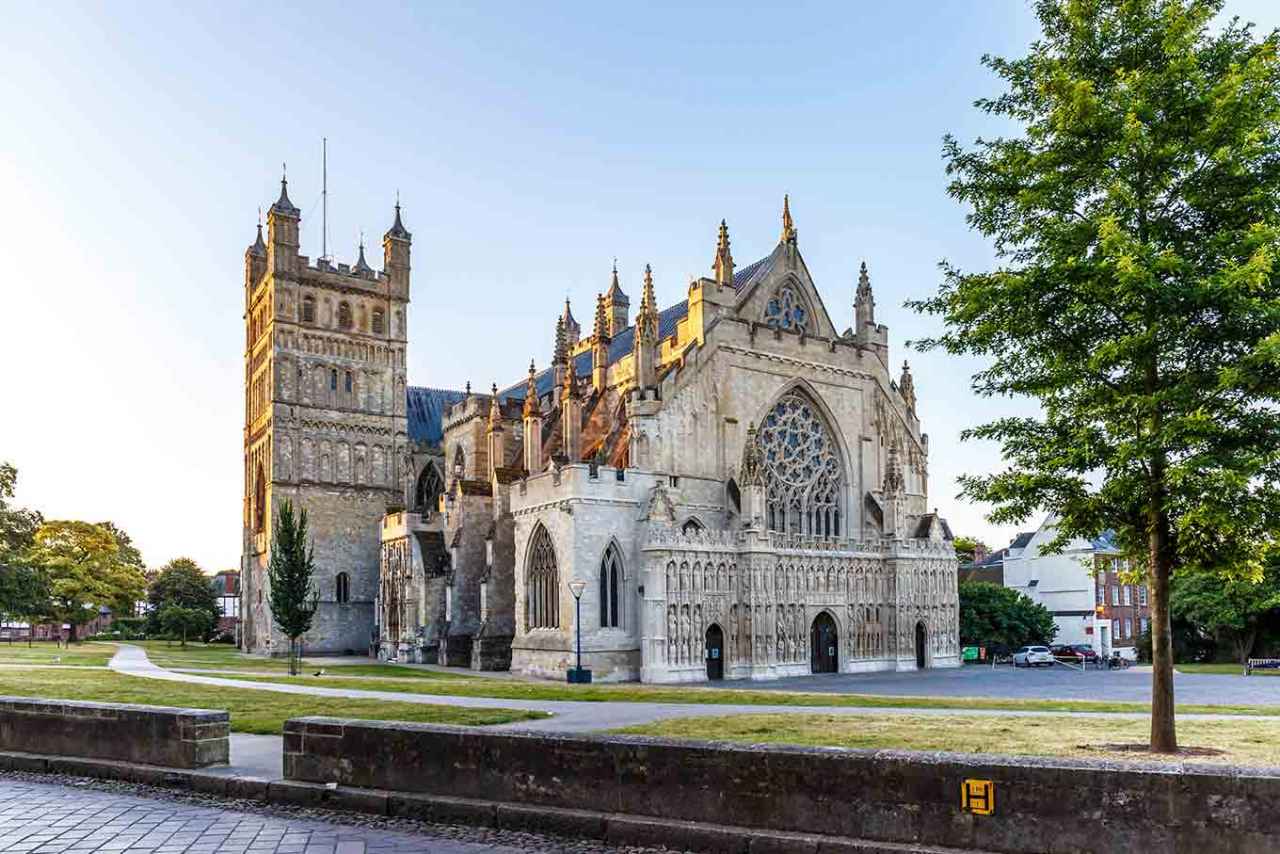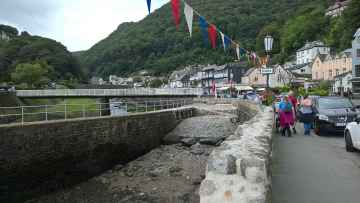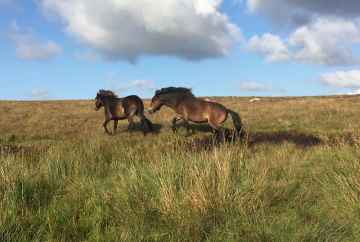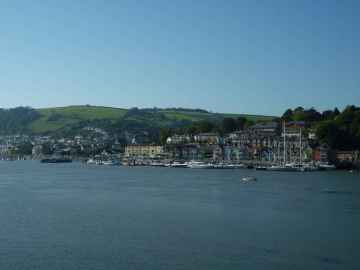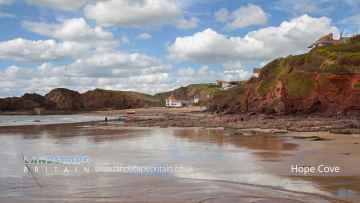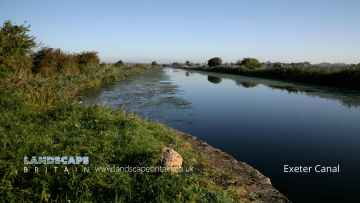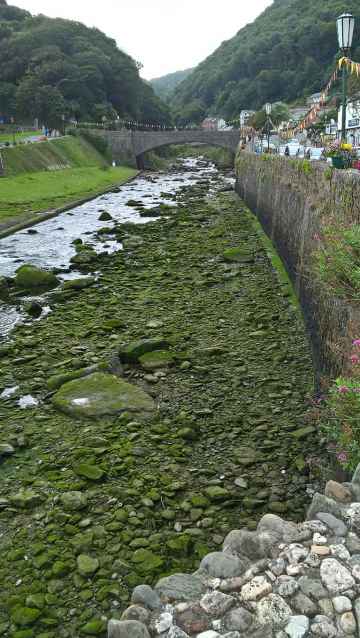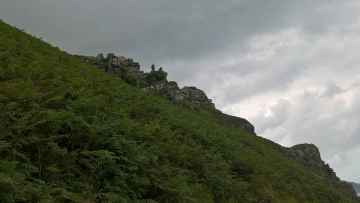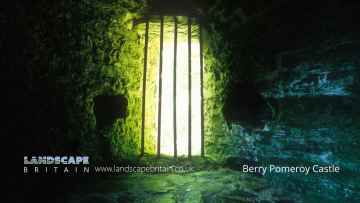Exeter is a City in the county of Devon.
Exeter is an historic city in Devon, England.
With a rich heritage dating back to the Roman era, Exeter has plenty to offer visitors. The city is home to a number of significant historical sites, including the remains of a Roman wall, as well as a medieval cathedral. Exeter also has a thriving arts and culture scene, with a number of museums and galleries to explore. If you’re looking for a taste of traditional English life, then Exeter is the perfect place to visit.
So whether you’re interested in exploring the city’s history or simply want to enjoy its culture and atmosphere, Exeter is sure to have something for you.
Exeter postcode: EX1 1
There are great places to visit near Exeter including some great cities, villages, sssis, hiking areas, nature reserves, towns, airports, beaches, historic buildings, canals, rivers and streams, geological features, parks, castles and ruins.
Exeter is a great place to visit close to Exeter if you like cities.
Exeter's best nearby villages can be found at Lynton and Lynmouth, Littleham, Hope Cove, Woolacombe, Churchstow, Starcross, and Otterton.
There are a several good sssis in the area around Exeter like Dartmoor.
Exeter is near some unmissable hiking areas like Dartmoor,
Exeter is near some unmissable nature reserves like Dartmoor,
The area around Exeter boasts some of the best towns including Dartmouth, Tiverton, Crediton, Topsham, Budleigh Salterton, Sidmouth, and Seaton.
Don't miss Exeter Airport's airports if visiting the area around Exeter.
There are a several good beaches in the Exeter area like Hope Cove, Blacklands Beach, and Branscombe Beach.
Don't miss Exeter Cathedral, St Mary Steps, and St Stephen's Church - Exeter's historic buildings if visiting the area around Exeter.
Don't miss Exeter Canal, and Grand Western Canal at Tiverton's canals if visiting the area around Exeter.
East Lyn River is one of Exeter's best, nearby rivers and streams to visit in Exeter.
There are a several good geological features in the area around Exeter like Valley of Rocks.
Bicton Park is one of Exeter's best, nearby parks to visit in Exeter.
The area close to Exeter boasts some of the best castles including Berry Pomeroy Castle.
Don't miss Berry Pomeroy Castle's ruins if visiting the area around Exeter.
Exeter History
There are some historic monuments around Exeter:
Areas of Exeter
Like most towns and cities Exeter is comprised of a number of areas, once separate villages or small towns and parishes now part of Exeter.
Many of the areas of Exeter have their own character and places of interest.
Places to see near Exeter
Etymology of Exeter
The modern name of Exeter is a development of the Old English Escanceaster, from the anglicised form of the river now known as the Exe and the Old English suffix -ceaster, used to mark important fortresses or fortified towns. (The Welsh name for the city, Caerwysg, similarly means “fortress on the Exe”.) The name “Exe” is a separate development of the Brittonic name - meaning “water” or, more exactly, “full of fish” (cf. Welsh pysg, pl. “fish”) - that also appears in the English Axe and Esk and the Welsh Usk (Welsh: Wysg).
History of Exeter
The presence of the fort built up an unplanned civilian community (vicus or canabae) of natives and the soldiers’ families, mostly to the northeast of the fort. This settlement served as the tribal capital (civitas) of the Dumnonii and was listed as one of their four cities (Greek: poleis) by Ptolemy in his Geography (it also appeared in the 7th-century Ravenna Cosmography, where it appears as an apparently confused entry for Scadu Namorum). When the fortress was abandoned around the year 75, its grounds were converted to civilian purposes: its very large bathhouse was demolished to make way for a forum and a basilica, and a smaller-scale bath was erected to the southeast. This area was excavated in the 1970s, but could not be maintained for public view owing to its proximity to the present-day cathedral. In January 2015, it was announced that Exeter Cathedral had launched a bid to restore the baths and open an underground centre for visitors. In the late 2nd century, the ditch and rampart defences around the old fortress were replaced by a bank and wall enclosing a much larger area, some 92 acres (37 ha). Although most of the visible structure is older, the course of the Roman wall was used for Exeter’s subsequent city walls. Thus about 70% of the Roman wall remains, and most of its route can be traced on foot. The Devonian Isca seems to have been most prosperous in the first half of the 4th century: more than a thousand Roman coins have been found around the city and there is evidence for copper and bronze working, a stock-yard, and markets for the livestock, crops, and pottery produced in the surrounding countryside. The dating of the coins so far discovered, however, suggests a rapid decline: virtually none have been discovered dated after the year 380. Bishop Ussher identified the Cair Pensa vel Coyt listed among the 28 cities of Britain by the History of the Britons as Isca, although David Nash Ford read it as a reference to Penselwood and thought it more likely to be Lindinis (modern Ilchester). Nothing is certainly known of Exeter from the time of the Roman withdrawal from Britain around the year 410 until the seventh century. By that time, the city was held by the Saxons, who had arrived in Exeter after defeating the British Dumnonians at Peonnum in Somerset in 658. It seems likely that the Saxons maintained a quarter of the city for the Britons under their own laws around present-day Bartholomew Street, which was known as “Britayne” Street until 1637 in memory of its former occupants.












